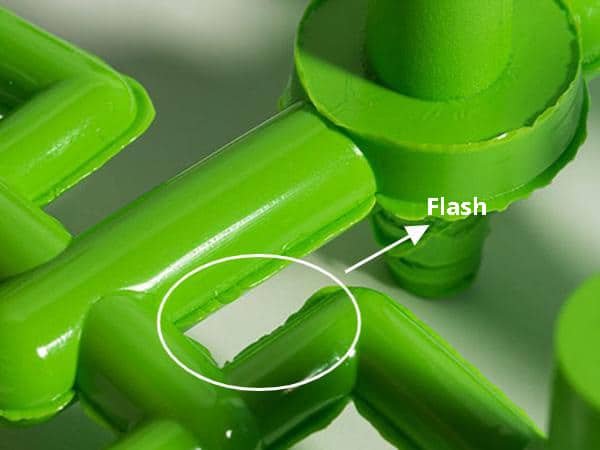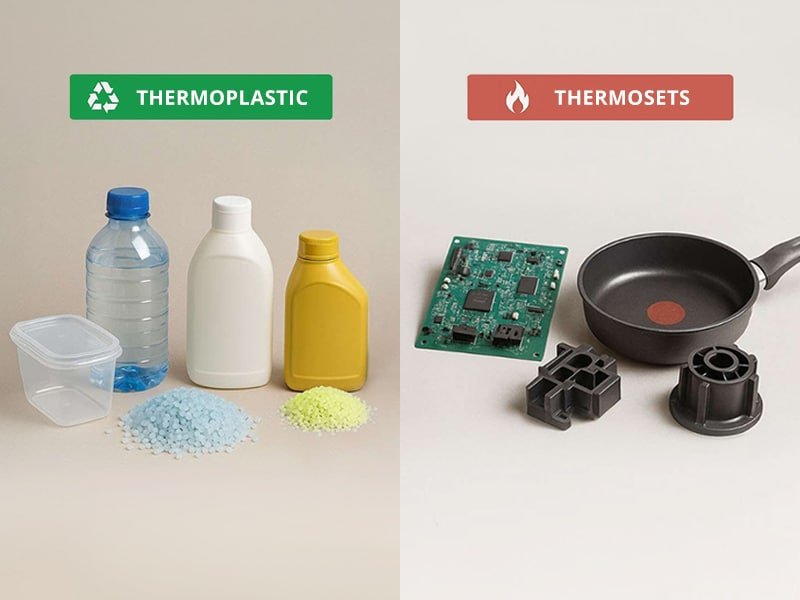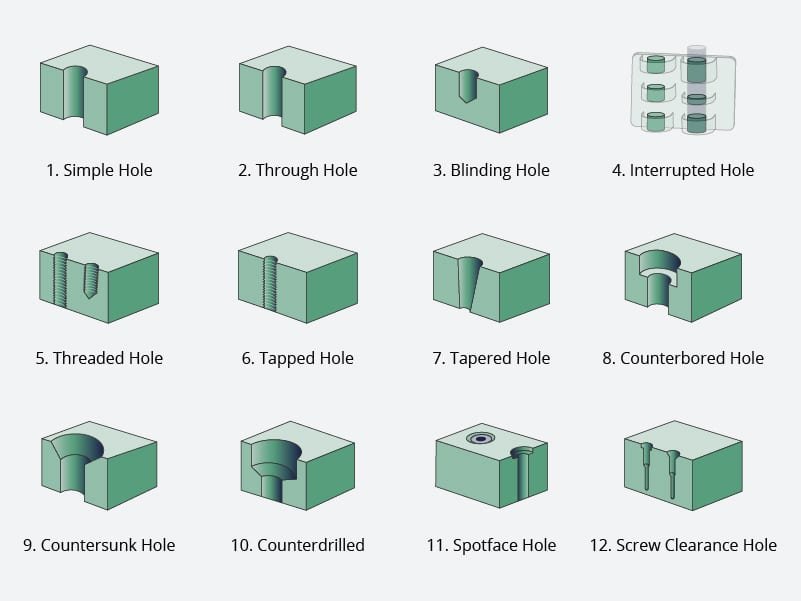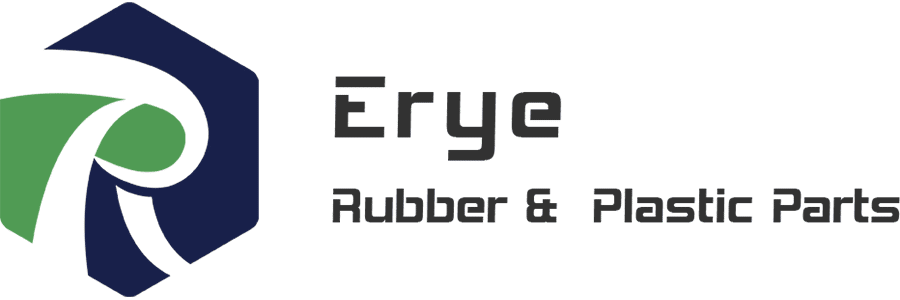This case highlights how we helped an automotive client develop a custom injection mold for a car relay box cover. From material selection to mold design, we delivered a complete solution tailored to the customer’s application needs in automotive relay box systems.
What Is a Car Relay Box?
A car relay box, also known as an automotive relay box or automotive relay holder, houses multiple electrical relays that control high-current circuits such as headlights, fuel pumps, and cooling fans. The car relay box cover protects these sensitive components from dust, moisture, and vibration, ensuring system stability and safety. Common materials used for automotive relay panel covers include PP (polypropylene), PA66, or other reinforced engineering plastics for added durability and heat resistance.
Project Overview

The product is a relatively simple plastic automotive relay panel cover. The 2D technical drawing below shows the design specifications. Considering the mechanical and thermal requirements, we recommended using PP + 30% glass fiber as the material for the auto relay holder cover.
Learn about our PP injection molding service.
Injection Mold Design Process
The following are common injection mold design ideas. Our injection mold design process follows an efficient parallel working mode. From the beginning, our mold engineers evaluate the entire product life cycle (from concept formation to product scrapping)—including quality, cost, delivery timeline, and user requirements. Learn about our injection mold tooling service.
Typical Steps in Mold Design:
- Determine the parting surface
- Determine the number and arrangement of cavities
- Preliminarily determine the model of the injection molding machine to be used and the related technical parameters
- Determine the structure of the cavity and core (Learn what is cavity and core in injection molding?)
- Design the gating system
- Design the exhaust system
- Determine the guide positioning mechanism
- Determine the demoulding method and the lateral core pulling mechanism
- Design the cooling system
- Select the standard mold frame and related standard parts according to the size of the mold
- Draw the structural sketch of the mold, determine the mold steel and heat treatment requirements
- Check the dimensions of the mold and the injection molding machine
- Check the strength and rigidity of the relevant parts of the mold
- Draw the assembly drawing of the mold
- Draw the mold parts drawing
- Review the design
Relay Box Cover Mold Design Steps
Based on the 2D drawing, this auto relay holder is a straightforward plastic part, suitable for a single-parting-line mold. Our engineers divided the mold development process into four key steps:
Processability Analysis of Plastic Parts
- Properties of raw materials and molding process
Polypropylene is easy to mold and does not require high mold temperatures, typically ranging from 35°C to 65°C. It exhibits low shrinkage and allows for easy demolding, which makes it suitable for small gate molding. Given the structural characteristics of this part, a pinpoint gate is more feasible than a submarine gate. Since the customer did not have strict requirements for dimensional accuracy or surface finish, we simplified the mold cooling design to prioritize production efficiency.
- Plastic part structure
The component has a simple geometry and small size, making it structurally stable and not prone to deformation. We were able to use a single-piece cavity and core with a straightforward demolding method, such as push rod demolding. Based on the part’s structure, placing the parting surface on the cover plane is the only reasonable choice.
- Production quantity
The customer hopes that the project can be implemented quickly, and the initial quantity demand is not large, so the use of a single-cavity mold for molding is considered. Therefore, it can be concluded that a mold structure with one mold and one cavity, a pinpoint gate, push rod demolding, and a simple cooling system is adopted.
There are 12 types of injection molding gates. What are the injection molding gate types and how to choose? Read our blog and find out.
Design Assembly Sketch
After clarifying the processability analysis, the next step is to make a mold design drawing.
Based on the product structure and mold design principles, our mold design reference drawings are as follows.
They ensure optimal performance of the car relay box cover tooling.
Complete Mold Parts Drawing

The general procedure for injection mold design is to draw the assembly drawing first, and then split the parts drawing. Our team paid particular attention to the functional needs of the automotive relay box enclosure, making sure the internal structure could support relay protection efficiently.
Review the Assembly Drawing

The engineer will conduct a final review and confirmation. After the review is correct, the section will be drawn to complete the final assembly drawing. We verify each step to ensure the mold will meet performance requirements for the automotive relay holder.
The one-stop service of Erye Rubber and Plastic Products, from mold design, mold production, to sample testing, and finally to mass production of injection molded parts, saves costs for customers, shortens the product development cycle, and accelerates the launch of customer products into the market.
Our expertise in car relay box mold development enables us to deliver fast, precise, and cost-effective solutions for automotive relay box, car relay holder, and auto relay panel applications.




